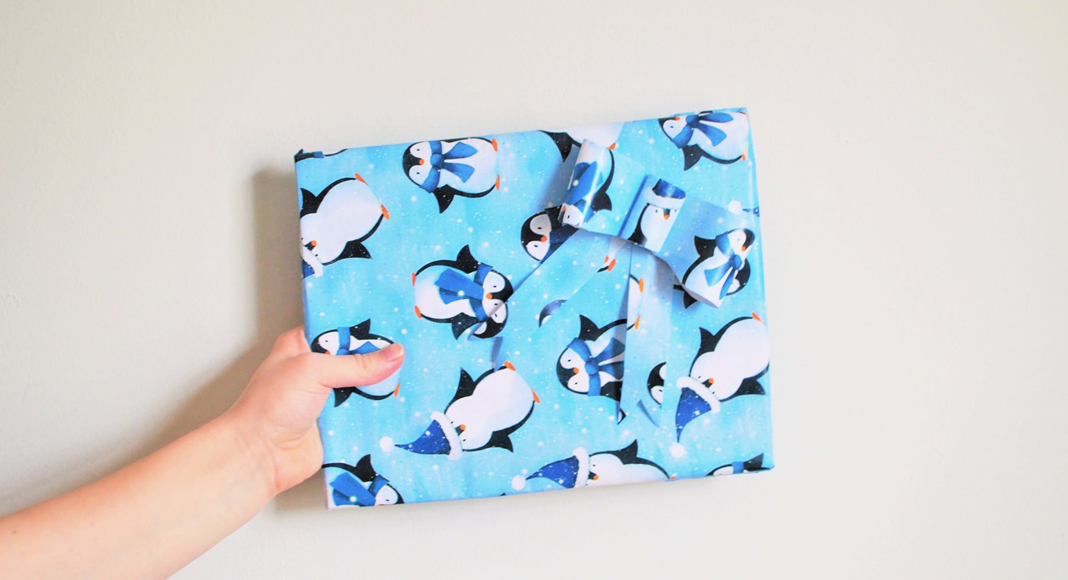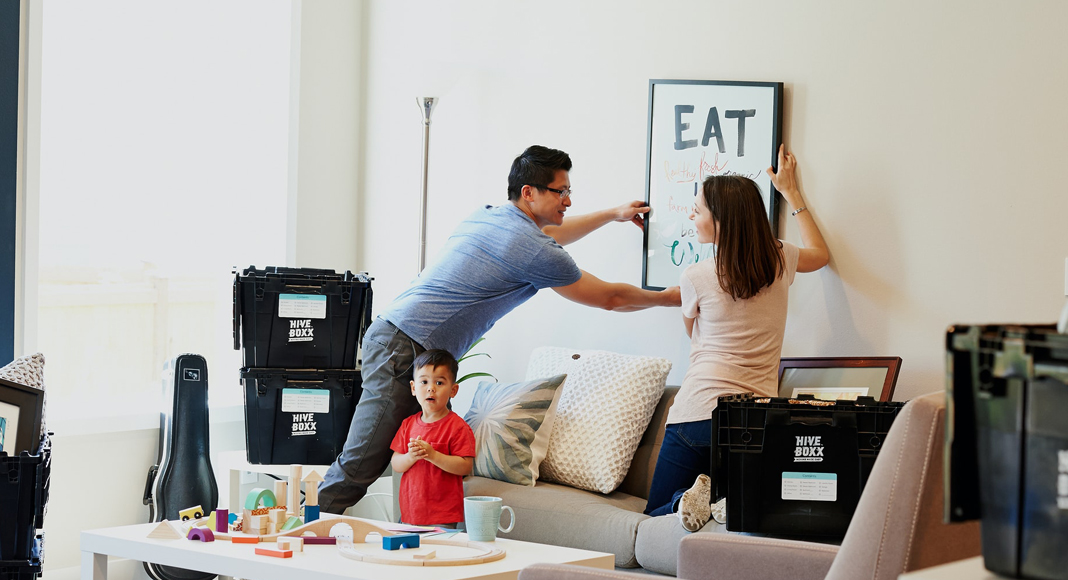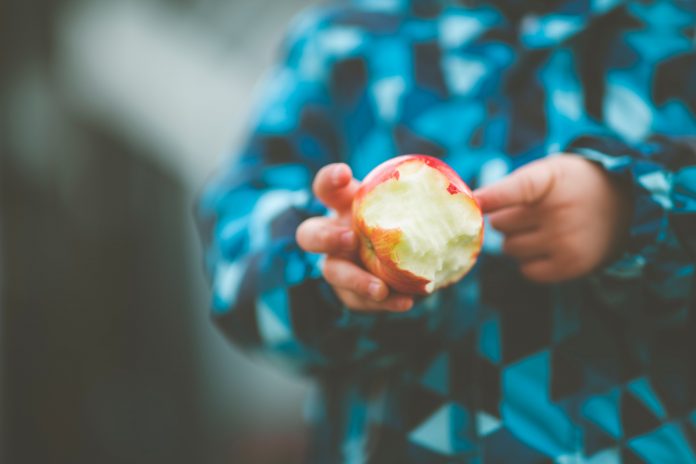Medical Disclaimer: The content provided in this post is for informational and educational purposes only and does not substitute professional medical advice or consultations with other healthcare professionals. If you have questions about starting solid foods for your infant, please consult their pediatrician.
Baby-Led Weaning (BLW) is a method of introducing solids to babies and skipping spoon feeding and purees in favor of finger foods that a baby self-feeds. In Western cultures, spoon-feeding purees has been the norm; however, BLW is not a new approach and can be seen across the world.
 What does baby-led weaning look like? Foods are cut and prepared to appropriate size and texture according to age and skill set. For example, at 6 months old, baby’s foods are cut to approximately the size of an adult pinky, pass the “coin test,” and are either soft and mashable or tough enough that the infant is able to gnaw/suck on without breaking off small pieces. The baby uses their hands to self-feed or is offered a pre-loaded spoon.
What does baby-led weaning look like? Foods are cut and prepared to appropriate size and texture according to age and skill set. For example, at 6 months old, baby’s foods are cut to approximately the size of an adult pinky, pass the “coin test,” and are either soft and mashable or tough enough that the infant is able to gnaw/suck on without breaking off small pieces. The baby uses their hands to self-feed or is offered a pre-loaded spoon.
But this is the key: the infant does the work!
Some benefits of BLW include:
- Increases the likelihood that your baby will eat a greater number of minimally processed and nutrient-dense foods.
- Helps establish positive feeding practices and minimizes picky eating in later years.
- Strengthens babies’ fine motor skills.
- Saves time and money because the whole family eats the same food (with modifications). Say goodbye to that baby bullet, hours of prep, and jarred food!
- Helps set the stage for a lifelong, healthier relationship with food.
By about 6 months, Arlo was showing all the signs of readiness including:
- At least 6 months of age
- Able to maintain an upright seated position with minimal support
- Able to hold her head and neck still while seated
- Taking an interest in food and eating
- Able to grab larger objects and bring them to her mouth
- No longer displayed the tongue-thrust reflex
Note: In my experience as a pediatric occupational therapist, gross motor skills should precede self-feeding as this typically translates into the infant having less chance of adverse events (i.e., choking).
Something to keep in mind is that breastmilk/formula should still be your infant’s primary source of nutrition up to the age of 1 year and should be offered about 30 minutes prior to solids. Another reminder is that often, up to that 1 year of age, the primary goal of introducing solids is exposure, experience, and expansion of skill.
 To say I was nervous to start BLW is an understatement. I always do my research and I felt prepared, but, as Arlo’s 6-month birthday approached, I felt myself becoming increasingly anxious. Arlo is now almost 8 months old and we have been on our BLW journey for the last 2 months. To say the least, things have been going well. MESSY…but well! Her first “solid” meal consisted of avocado, roasted bell pepper, and steak! In the first 2 months of BLW, she has tried a total of 50 different foods.
To say I was nervous to start BLW is an understatement. I always do my research and I felt prepared, but, as Arlo’s 6-month birthday approached, I felt myself becoming increasingly anxious. Arlo is now almost 8 months old and we have been on our BLW journey for the last 2 months. To say the least, things have been going well. MESSY…but well! Her first “solid” meal consisted of avocado, roasted bell pepper, and steak! In the first 2 months of BLW, she has tried a total of 50 different foods.
 Something I found helpful was to have realistic expectations going into this journey so as not to set ourselves up for disappointment. Every meal where Arlo is with us at the table and exploring (read: making a mess) is a success, whether she truly eats the food or not.
Something I found helpful was to have realistic expectations going into this journey so as not to set ourselves up for disappointment. Every meal where Arlo is with us at the table and exploring (read: making a mess) is a success, whether she truly eats the food or not.
BLW isn’t for every family or every baby but there are many resources available if this is the path you chose. The book Simple and Safe Baby-Led Weaning by Malina Linkas Malkani and the Solid Starts website and phone app are great resources for beginners. I also recommend taking a child/infant CPR/First Aid Class so that you feel more comfortable and confident when beginning your journey. Make sure you recognize the difference between gagging (no intervention) and actual choking (first aid/CPR)!











